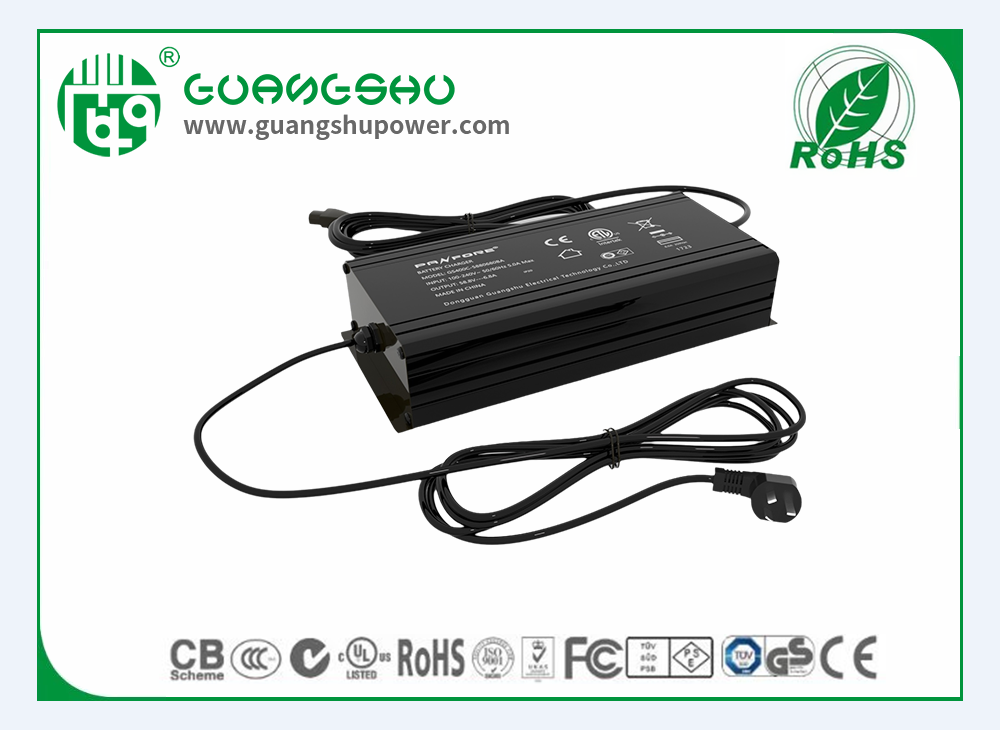Time:2025-06-12 Views:0

Overvoltage protection is a crucial feature in power chargers to safeguard connected devices from potential damage caused by abnormal voltage spikes. A well - designed overvoltage protection circuit can prevent excessive voltage from reaching the load, ensuring the safety and longevity of the equipment.
The basic principle of an overvoltage protection circuit involves voltage monitoring and comparison. Typically, a voltage divider network is used to sample the output voltage of the charger. This sampled voltage is then fed into a comparator circuit. The comparator has a pre - set reference voltage, which represents the maximum allowable voltage for the connected device. When the sampled voltage exceeds this reference voltage, it indicates an overvoltage condition.
To implement the overvoltage protection circuit, components such as operational amplifiers, resistors, and transistors are commonly used. The operational amplifier, as the core of the comparator, precisely compares the sampled voltage with the reference voltage. Once an overvoltage is detected, the comparator output triggers a protection mechanism. This can be in the form of a solid - state switch, such as a MOSFET, which is used to interrupt the power supply path. When the overvoltage condition occurs, the control signal from the comparator turns off the MOSFET, cutting off the power flow and protecting the device from high - voltage damage.
In addition to the basic circuit components, some advanced overvoltage protection circuits may also incorporate microcontrollers. These microcontrollers can perform more complex functions, such as recording overvoltage events, communicating with the user interface to display warnings, and even implementing self - recovery mechanisms after the overvoltage condition has been resolved. They can analyze the magnitude and duration of the overvoltage, and based on pre - programmed algorithms, take appropriate actions. For example, if the overvoltage is within a certain range and lasts for a short time, the microcontroller may choose to simply isolate the output for a while and then attempt to reconnect, instead of completely shutting down the charger.
Furthermore, the design of the overvoltage protection circuit also needs to consider factors such as response time and accuracy. A fast - responding circuit can quickly detect and react to overvoltage events, minimizing the potential damage to the device. High - accuracy voltage sampling and comparison ensure that false triggering of the protection mechanism is avoided, maintaining the normal operation of the charger under normal voltage fluctuations.
Read recommendations:
Slim 20V11.5A 230W C14 Switching Power Supply